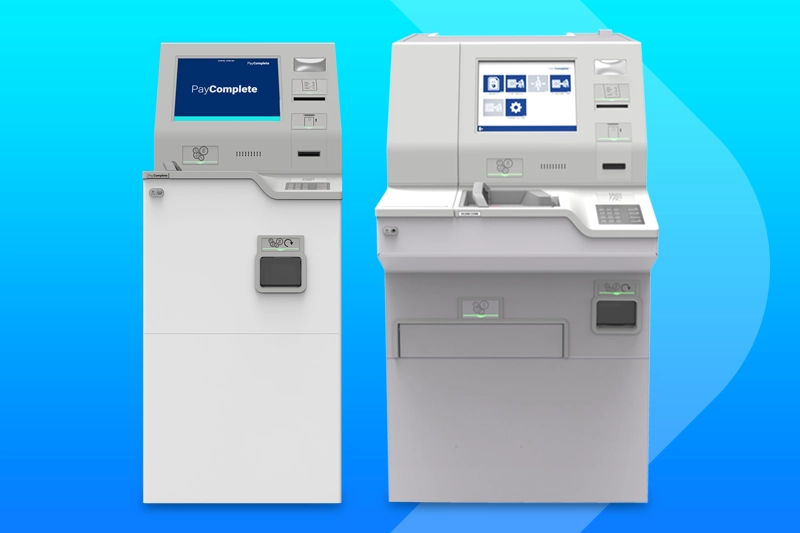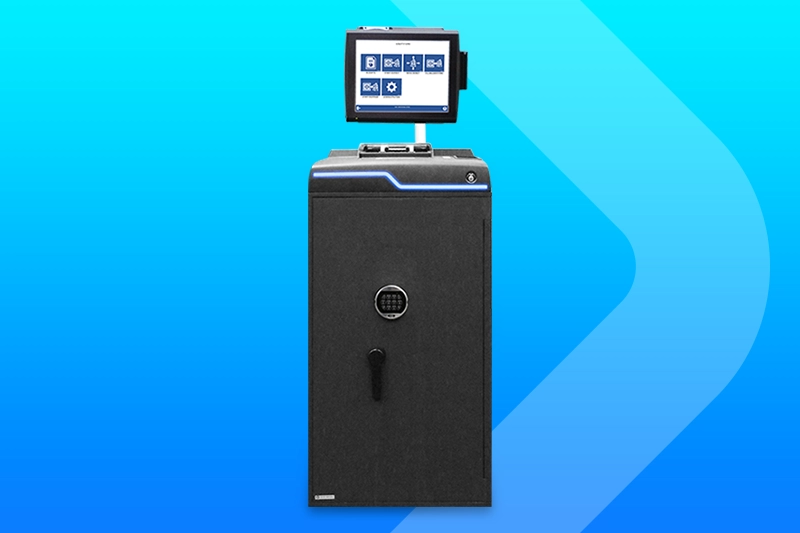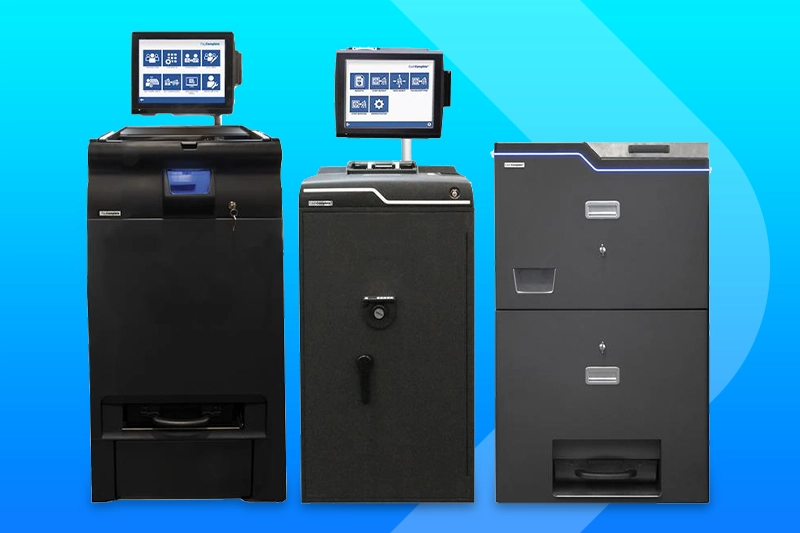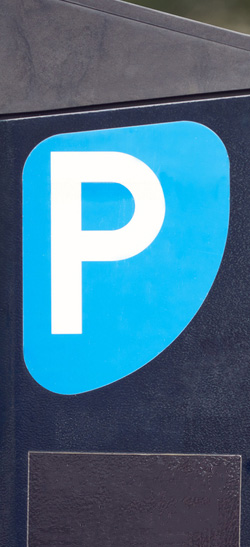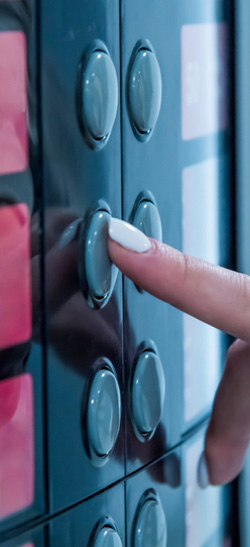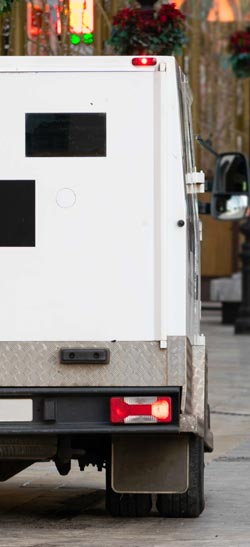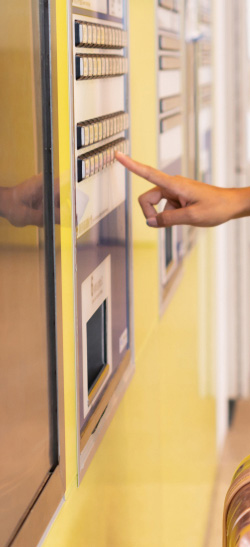According to the Bank of International Settlements (BIS), digital payments have made gains, but cash remains a steady and popular method of payment.
The BIS also states that interoperability of payment systems is key for seamless payments – regardless of the chosen payment method.
So, cash remains essential, especially for businesses working in retail, hospitality and travel.
Therefore, it’s crucial to understand the significance and functioning of the cash payment process.
Why cash payments still matter
1. Universality
Cash is accessible to everyone, regardless of socio-economic status or technological literacy.
This is unlike digital payment systems, which necessitate access to technology and banking infrastructure.
2. Trust
Cash offers a sense of tangibility and immediacy that digital transactions often lack.
For many consumers, physically handing over cash and receiving change provides a level of satisfaction and control over cash transactions that cannot be replicated with other payment methods.
Some consumers might worry about being targeted with online or card fraud. An Ofcom report found that such fraud cost 21% of victims £1,000 or more.
3. Privacy
Cash payments offer anonymity and privacy, enabling individuals to conduct transactions without leaving a digital footprint behind.
Digital payments increase concerns about data privacy and security risk. Cash provides a semblance of anonymity that many consumers value.
How the cash payment process works
Step one: Customer pays at point of sale (POS)
The process typically begins when a customer makes a purchase at a point of sale (POS) terminal in-store.
The cashier or sales assistant receives the cash payment from the bank account of the customer, then issues them a receipt to document the transaction.
Step two: Recording cash sales
The transaction is recorded in the business’ point of sale system, which tracks sales in real-time.
An electronic record ensures accurate reporting of revenue, which is crucial for efficient cash flow management and accounting purposes.
Step three: Cash is securely stored
Once the cash is received, it is kept in a secure till, cash box or smart safe (a safe that records cashflow) during operating hours.
If the till or cash box contains excess cash, especially high-value notes, it should be transferred to a safe for secure storage.
Step four: Cash counting and sorting
At a set time, the till will be emptied of excess cash by a separate employee.
This might take place throughout the day or simply at the day’s end. It depends on the businesses’ preferences, which in turn are often based on cash volumes and other considerations.
Authorised staff then count cash payments separately. Today, this is done with machines that are faster and more accurate than human cash counters.
These machines also automatically sort the cash as they count it. All of this is overseen by staff.
Counted cash is then stored in a safe or a vault – what type of safe or vault typically depends on the size of the business.
Step five: Cash-in-transit (CIT) collection
CIT services ensure the secure transportation of cash from businesses to banks.
Specialised secure vehicles equipped with security features like reinforced doors and GPS tracking arrive at businesses to collect cash.
Routes are carefully planned to minimise security risks, with staff maintaining vigilance and using surveillance technology during transit. At the bank, cash is verified and documented.
Throughout this process, the CIT company bears responsible for the cash.
PayComplete’s cash processing solutions
At PayComplete, we offer a range of solutions to optimize your cash payment processes.
These range from accurate note counting and sorting machines, coin counting and sorting machines, to smart safes for retail and state of the art cash management software solutions.
Our range of products and depth of expertise can help your business find the right cash solutions.
Conclusion
Digital payments are increasingly popular, but cash remains an integral part of global financial transactions.
Its accessibility, tangibility, and perceived security make it essential for many industries, such as retail and hospitality.
Many consumers prefer cash due to its tangible nature and perceived security. So, businesses should understand the cash payment process and implement effective, cash collection and handling procedures.
It begins with customers paying at a point of sale terminal in-store and receiving a receipt. Transactions are recorded in real-time for accurate revenue reporting.
Cash is then securely stored in a till, cash box, or smart safe during operating hours, with excess cash moved to a safe. At designated times, cash is counted by authorized staff or machines and stored accordingly.
Cash-in-transit (CIT) services ensure secure transportation of cash from businesses to banks using specialised vehicles with security features. At the bank, cash is verified and documented, with the CIT company responsible for the process’s security throughout.

Related Posts

